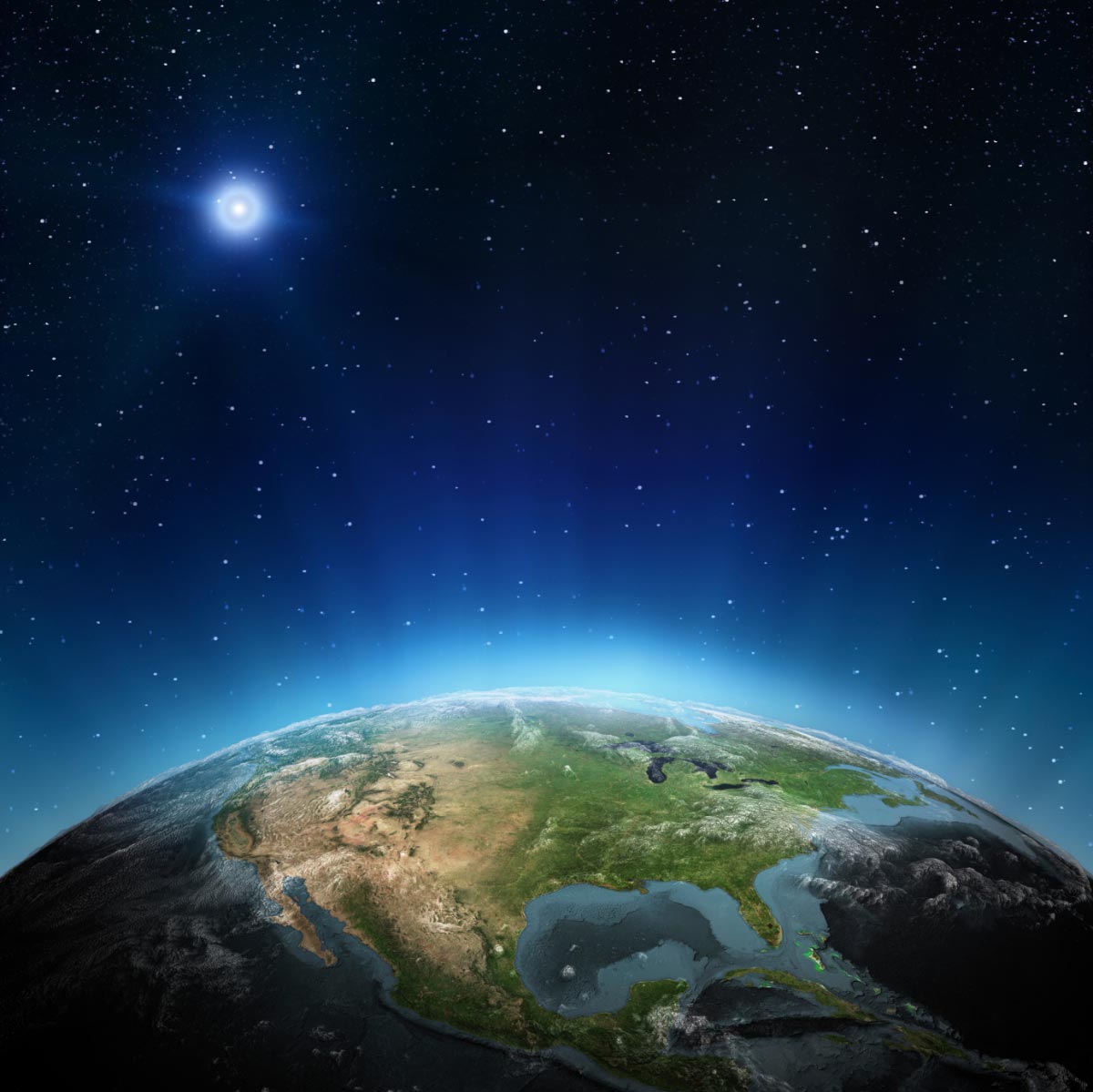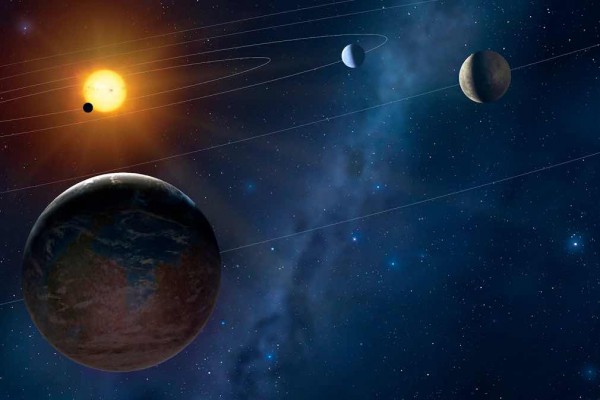Astronomers have spotted a strange star clouded by a blizzard of objects that some experts are calling an “alien megastructure.”
The star, dubbed KIC 8462852, is 1,480 light years from Earth and has been monitored by the Kepler Space Telescope for more than four years.
Researchers have been flummoxed by fluctuations in the amount of light emitted by the star, leading some astronomers to suggest an alien civilization might be at work.
“We’d never seen anything like this star,” says Tabetha Boyajian, a postdoc at Yale. “It was really weird. We thought it might be bad data or movement on the spacecraft, but everything checked out.”
Scanning the skies
Kepler was looking for tiny dips in the light emitted by 150,000 stars. These dips are usually the result of shadows cast by the star’s neighboring planets. In 2011, KIC 8462852 captured the interest of astronomers. It was discovered the star was not emitting light in the same way the other 150,000 planet harboring stars emit light. (1)
The light pattern indicated that a cloud of debris was tightly wrapped around the star, suggesting KIC 8462852 was in the early stages of its formation. A star forms whenever a thick gas cloud collapses under its own weight. As the cloud collapses, it breaks apart into smaller and smaller chunks until there are knots with the mass of a star. A celestial disk wraps around the knot that condenses into planets, asteroids and comets.
The problem is KIC 8462852 isn’t a young star. If the star were young, then the celestial debris around the star would emit infrared light, but it’s not.
Despite its old age, the star is encumbered by a mass of objects. If this debris was from the formation of the early solar system, then gravity would have caused it to either spiral into the star or consolidate.
Tabatha recently published a paper in the online journal arXiv noting and refuting possible explanations for fluctuations in the star’s light.
“By considering the observational constraints on dust clumps orbiting a normal main-sequence star, we conclude that the scenario most consistent with the data in hand is the passage of a family of exocomet fragments, all of which are associated with a single previous breakup event.”(2)
A bold hypothesis
Astronomer Jason Wright from Penn State University proposes a more interesting hypothesis. He suggests the Kepler Telescope stumbled upon a star where an advanced civilization has designed an “alien megastructure” to harness energy from its star.
Wright doesn’t propose this hypothesis lightly. “Aliens should always be the very last hypothesis you consider, but this looked like something you would expect an alien civilization to build,” Wright told sources.2
Wright has joined forces with the SETI Institute in Berkeley and Boyajian to develop a proposal that would point a large telescope at the star in hopes of hearing the echos of alien technology.
“The idea behind our research is that, if an entire galaxy had been colonized by an advanced spacefaring civilization, the energy produced by that civilization’s technologies would be detectable in mid-infrared wavelengths,” Wright said.(2)
After reviewing all the natural hypotheses, Tabetha says she believes that an extraterrestrial civilization may be at work.
Sources include:
(1) Mirror.Co.Uk
(2) DailyMail.Co.Uk
















